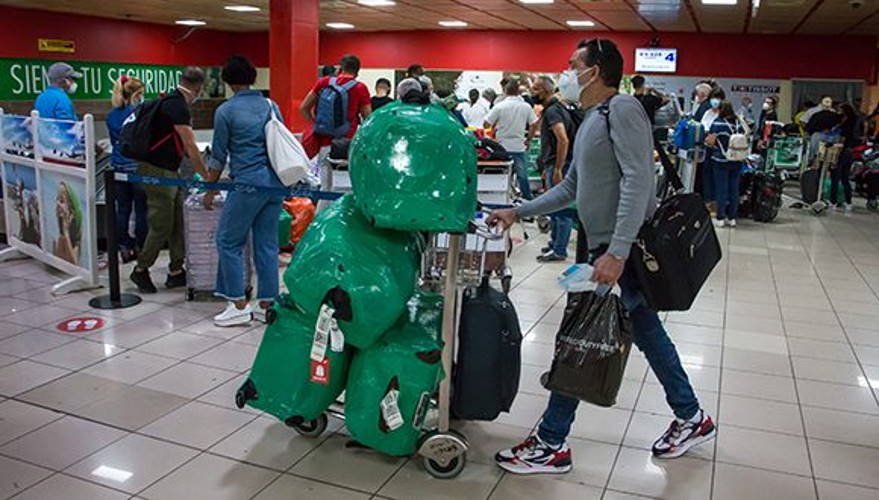L
he Mexican migratory explosion America is inextricably tied to the population explosion. With an average of seven children per woman; yes, seven, in the 1960s and 1970s, everything was ready for population pressure to spill over into the 1980s and 1990s, and even into the early years of the 21st century
Demographic pressure was certainly one of the most powerful engines of emigration, but another series of factors also contributed to make it explosive. Paradoxically, the post-war Mexican economic miracle was matched by the demographic miracle of the time, of living well and also procreating. And just when the economic boom was ending, in the mid-1970s, Mexican demographers sounded the alarm of a possible catastrophe and they came up with that campaign of Small family lives better
. Very late, but better late than never.
Mexicans, since the time of Don Porfirio, already knew the little way to go north, and then, with the Revolution and the Cristiada, it was for many a good option to escape from war and poverty. But it was the Bracero program, from 1942 to 1964, that generated the call effect
for the masses of migrants to leave in subsequent decades to work in agriculture. Supply and demand came together.
For its part, the Bracero program pumped dollars into the deteriorated peasant economy and then it would be the remittances that would subsidize an agrarian reform that prolonged its agony until the 1990s. Similarly, the dollars earned by the braceros and then the remittances delayed and slowed down, to some extent, the demographic transition process between the peasant, ejidatario and indigenous sectors.
The ejido, as a model of rural development, implemented by the Mexican Revolution, was maintained in a sustained manner for decades, but always subsidized by the wage bill sent by migrants, both internal and international. In turn, the ejido model supported the Institutional Revolutionary Party (PRI) for more than 70 years; not in vain Arturo Warman had called them favorite sons of the regime
.
In the mid-1980s, the migratory process would undergo two major transformations, it would begin to become feminized and urbanized. Later it would become, well into the 21st century, a phenomenon with a national presence, the censuses literally reported international migrants in all the municipalities of Mexico.
After 22 years of legal contracting, with the Bracero program, the United States became aware that the supply of Mexican labor had been properly modeled so that it would be fully dedicated to agricultural work. Bracero contracts would no longer be necessary, but neither would migrant workers need to be given legal status; In short, they came and went to the rhythm of the harvests and there was never a general shortage of labor. Except for the one they themselves caused with the so-called Wetback operation, which deported more than a million farmworkers in a few months in 1954.
Until today, the Mexican workforce is traditionally directed to agriculture, in addition to some other employment options, but it has also been found that there is no easy replacement for this type of worker. The only migrant group that also participates in agriculture are the Guatemalans, who are taxes
to this type of work.
The pandemic exposed America’s fragile balance of food security and was quick to label farmworkers as indispensable
.
But the migrants have also realized that working with the air conditioning of a restaurant, hotel or business is much more pleasant and profitable than doing it in full sun.
According to Phill Martin, a specialist in US migration, this was a big mistake of the 1986 amnesty (IRCA) because upon receiving their papers, regularized migrants abandoned agriculture and had to be replaced by undocumented people.
Despite the success obtained for many decades, it is not easy pin up
to labor in agricultural work. That is why workers hired with H2A visas, about 300,000 a year, must work in a specific place, they cannot freely offer their labor.
But now an additional problem has been found. The old Mexican mayordomos who managed the fishing crews are retiring and there is no one to replace them. The owners of the ranches left the entire labor issue of the pisca in their hands, who obtained the workforce, trained it, controlled it, served as intermediaries and were also qualified to decide where, when and how to harvest.
There is no generational replacement, the sons of the butlers are professionals and have other interests. The bosses do everything possible so that the old trusted butlers do not retire, but sooner rather than later they will retire.
A middle management crisis is looming in American agriculture.








